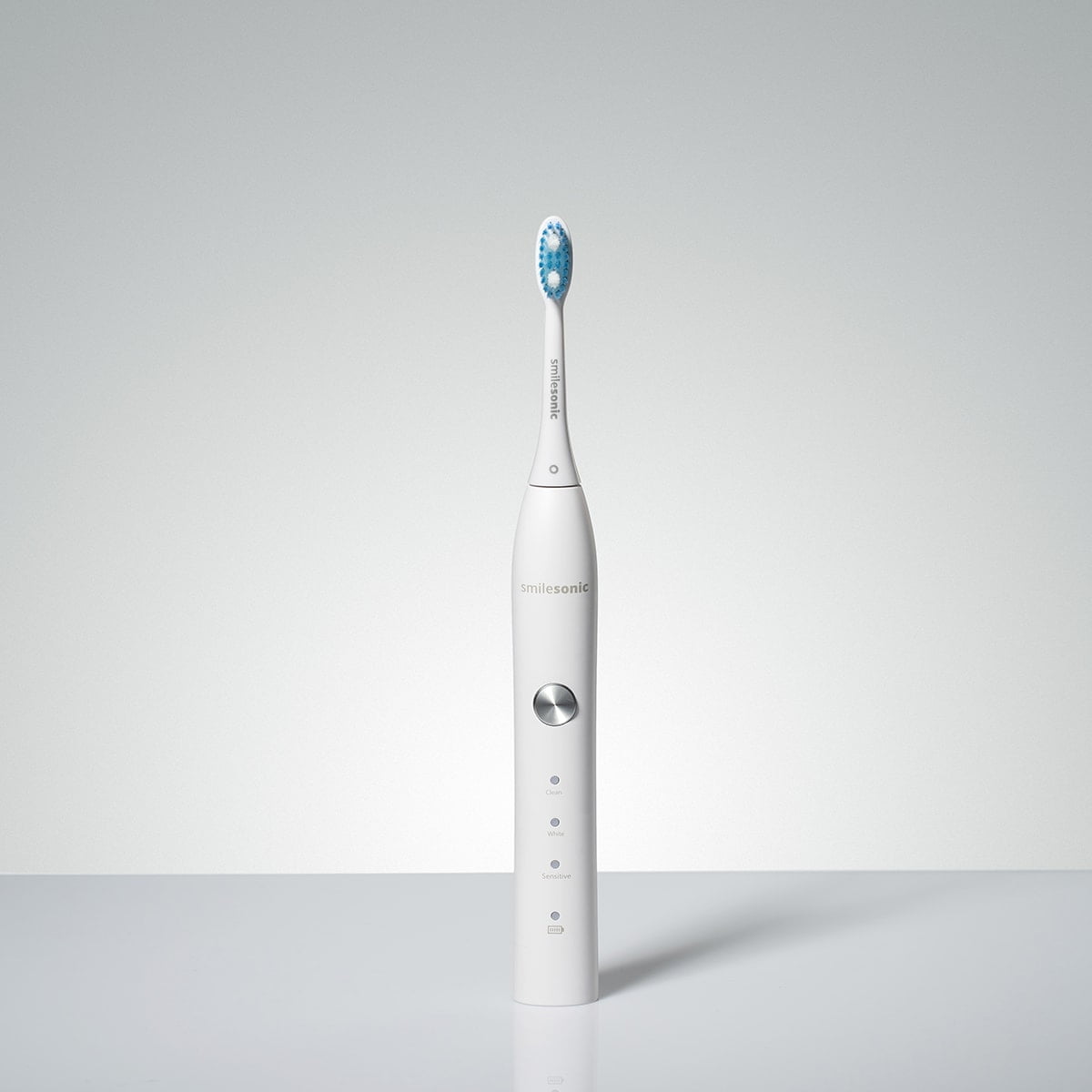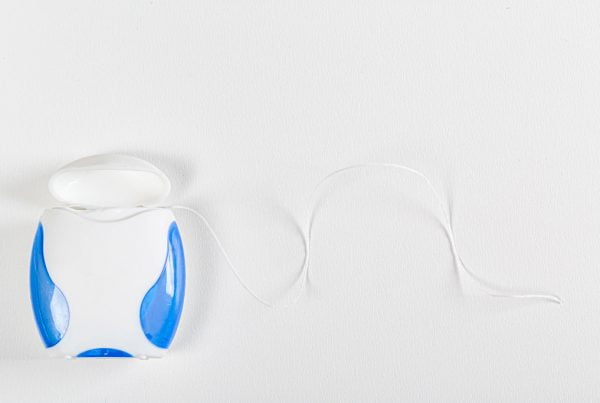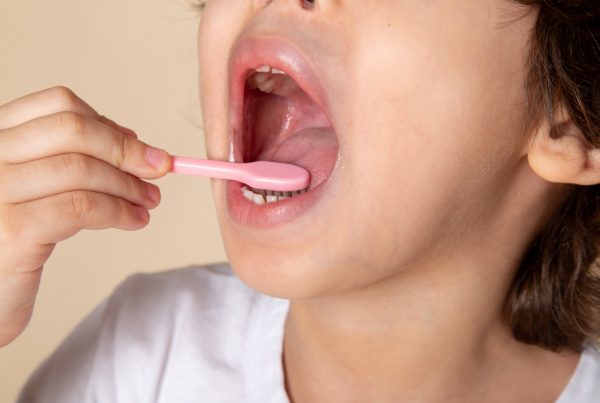Tooth brushing techniques. Discover the most popular brushing methods
Proper use of a toothbrush is a key element of daily oral hygiene. With the right technique, you can effectively prevent cavities, periodontal disease, and other oral health problems. However, not everyone realizes that the way we brush our teeth matters significantly. In this article, we present the most popular brushing techniques, their benefits, and tips on which method to choose to enjoy a healthy and beautiful smile. Read on to find out what you should pay special attention to.
Basic principles of brushing teeth – does the type of toothbrush matter
Brushing your teeth is a basic activity that helps prevent cavities, gum disease, and bad breath. To be effective, it is essential to follow a few fundamental rules.
Regularity is crucial. Teeth should be brushed at least twice a day – in the morning after breakfast and in the evening before bed. If possible, it is worth brushing your teeth after other meals as well, especially after consuming sugary or acidic products that can promote tooth decay.
Sonic, electric or manual toothbrush
Choosing the right toothbrush makes a big difference. The bristles should be soft or medium-hard to effectively remove plaque without damaging the enamel or irritating the gums. Remember that children’s toothbrushes should have smaller heads for better maneuverability. People who struggle with manual brushing may consider using an electric or sonic toothbrush, which makes thorough cleaning easier.
The choice of toothpaste is also important. It should contain fluoride to strengthen enamel and protect against decay. People with issues such as tooth sensitivity or gum disease should use specialized toothpastes recommended by their dentist.
The brushing technique plays a key role in effective plaque removal. It is important to pay attention to what type of brush you use, how often and how long you brush, and how you do it. Start by placing the toothbrush at a 45-degree angle to the gum line. Then gently move it over the front, back, and chewing surfaces of the teeth using circular or sweeping motions. Brushing should last about 2–3 minutes to ensure complete oral cleansing. Do not forget to clean the tongue, where harmful bacteria also accumulate.
After brushing, complete your hygiene routine with dental floss to remove food particles from between the teeth. An antibacterial mouthwash is also a great addition to reduce bacteria and freshen breath. Do not rinse your mouth with water immediately after brushing, so the fluoride in the toothpaste can work longer.
Replace your toothbrush every 2–3 months or sooner if the bristles become frayed. After an illness such as the flu or a cold, it is also recommended to change your toothbrush to avoid reinfection.
Regular dental checkups every six months are essential for detecting issues early and maintaining oral health for years to come. Proper oral hygiene is the foundation of a healthy smile and self-confidence.
The most popular tooth brushing techniques
Here are the tooth brushing methods most often recommended by dentists. What are their differences
The Bass technique (vibrating method)
This is one of the most commonly recommended brushing techniques. It involves positioning the toothbrush at a 45-degree angle to the gum line, with the bristles gently pressed into the gingival sulcus. Then small vibrating motions are performed without moving the brush outward.
Benefits:
- Effectively removes plaque from gum line areas
- Useful for gum disease, such as periodontitis
The Stillman technique (massaging method)
Similar to the Bass technique, the Stillman method also requires angling the brush at 45 degrees to the gums. The difference lies in the gentle pressing of the bristles against the gums and making short strokes toward the crown of the tooth.
Benefits:
- Stimulates blood circulation in the gums, promoting their health
- Gentle for sensitive gums and useful in periodontal conditions
The Fones technique (circular method)
This is the simplest method, often used by children. It involves making wide circular motions with the toothbrush, covering both the teeth and gums.
Benefits:
- Easy to learn, especially for children
- Effective for cleaning large areas like tongue-side surfaces
The Charters technique
In this technique, the brush is held at a 45-degree angle to the teeth, and strokes are directed outward, from the gums toward the crowns. This method is recommended for people with braces and dental bridges.
Benefits:
- Cleans around orthodontic brackets and prosthetics
- Helps prevent plaque buildup in hard-to-reach places such as interdental spaces
The roll technique (rotary-sweeping motion)
This technique involves placing the brush vertically and making short rolling-sweeping motions from the gums toward the tooth crowns. It is especially useful for cleaning the front surfaces of the teeth.
Benefits:
- Gently cleans the cervical areas and contact zones
- Effectively removes food particles from interdental areas
The horizontal technique (back-and-forth motion)
This is the simplest but least recommended technique. It involves moving the brush horizontally along the teeth using scrubbing motions (usually 4–6 strokes per area). While easy to perform, it can lead to enamel abrasion and gum irritation.
Benefits:
- Effective for cleaning chewing surfaces
- Easy to perform
Choosing the right technique and oral health
Oral hygiene is a key element of daily care that directly impacts the health of your teeth and gums. Choosing the right brushing technique can greatly improve the effectiveness of oral cleaning and help prevent cavities, gingivitis, or tartar buildup. Each person has unique needs depending on age, health status, and habits, so it is important to choose a brushing method tailored to individual requirements.
The brushing technique should match the condition of your teeth and gums. For example, people with gum problems often need a gentler approach that allows thorough cleaning without irritation. For these individuals, the Bass technique is recommended, as it removes plaque from the gum line using gentle vibrations. If the gums are sensitive, the Stillman technique with sweeping strokes may be more comfortable and effective.
Children and beginners can use the Fones method. Circular motions are easy to learn and help build good brushing habits. For people with braces or bridges, the Charters method may be better, as it accounts for the challenges of cleaning around orthodontic appliances.
Electric devices, thanks to advanced technologies, are becoming more popular and can be a good alternative to manual toothbrushes. They are especially recommended for people who struggle with maintaining proper brushing technique. Sonic or oscillating toothbrushes make precise movements that remove plaque with minimal effort.
Daily brushing in the morning and evening using the right technique is just one part of a comprehensive oral hygiene routine. Cleaning interdental spaces with floss or a water flosser is equally important to prevent food debris from accumulating in areas the toothbrush cannot reach.
Choosing the right brushing technique should be based on individual needs. Consulting a dentist or dental hygienist can help identify your mouth’s specific requirements and recommend the most effective method. When used consistently and combined with other care practices, the right technique not only maintains healthy teeth and gums but also ensures a bright and confident smile for years.
Tooth brushing – the most common mistakes
Many of us make mistakes during daily oral care that can harm our oral health. Applying too much pressure around the gum line can damage enamel, while brushing for too short a time results in ineffective cleaning and plaque buildup. Using the wrong technique (such as only horizontal strokes) or an old toothbrush reduces cleaning efficiency. A toothbrush should be replaced about every three months.
Back teeth and the gum line are often neglected, and failure to clean the tongue allows harmful bacteria to thrive. Using the wrong toothpaste or a hard-bristled brush may lead to sensitivity and irritation. Brushing teeth right after eating acidic foods weakens the enamel, so it is best to wait at least 30 minutes. The key to oral health is brushing at least twice a day, complemented by flossing, water flossing, and regular dental checkups.
Summary
The correct brushing technique is closely linked to the overall health of your mouth. Choosing the best method for your individual needs can significantly enhance hygiene effectiveness and prevent issues like cavities and gum disease. Regular brushing, combined with dental visits and flossing, is the foundation of good oral care. Try different techniques and consult a specialist to find the one that best suits your needs and lifestyle.





